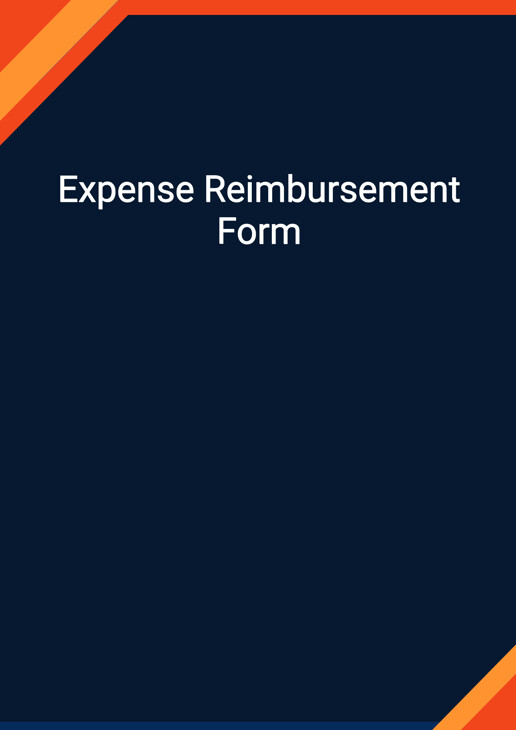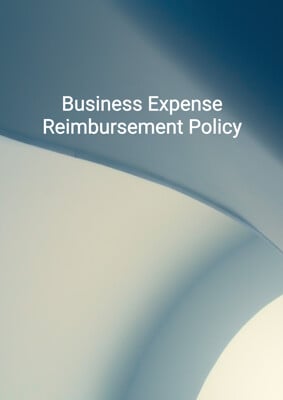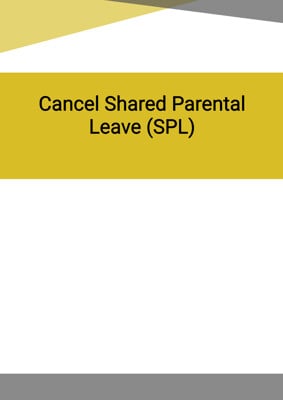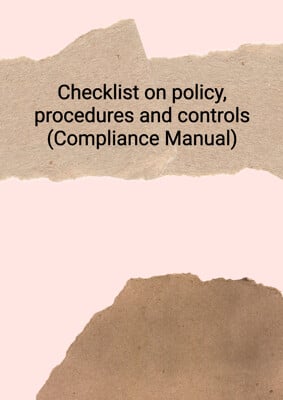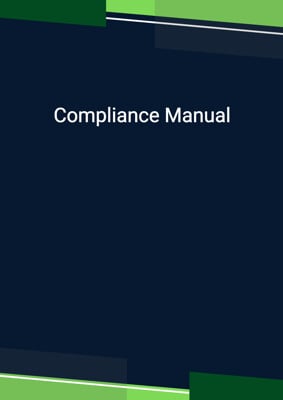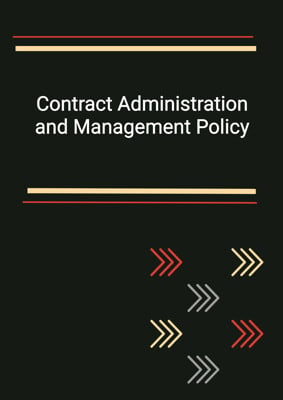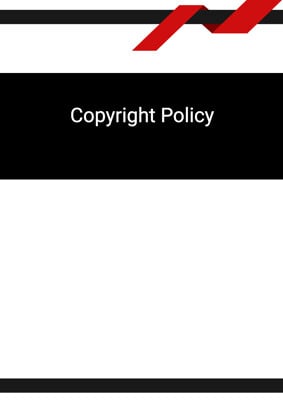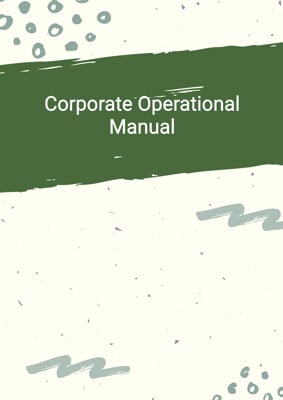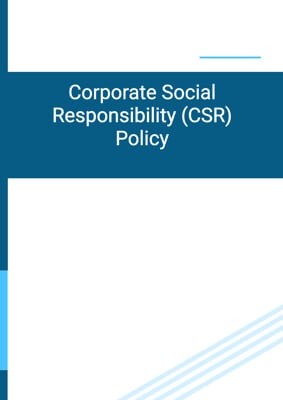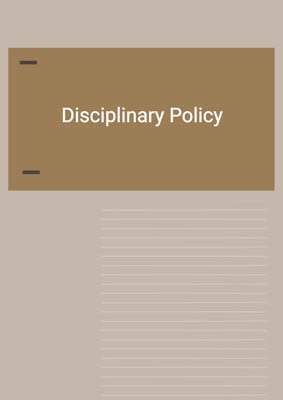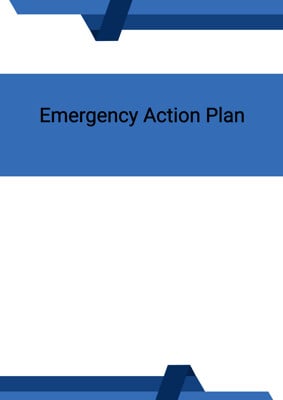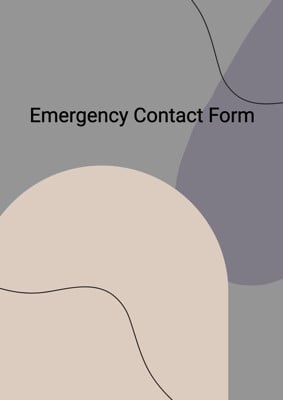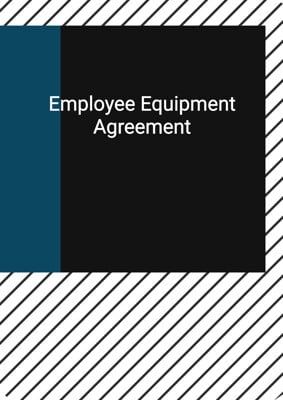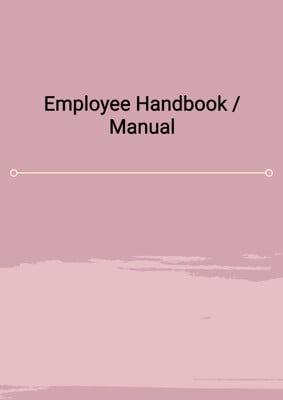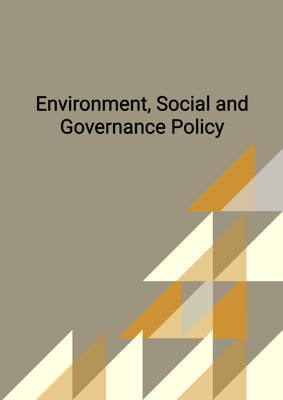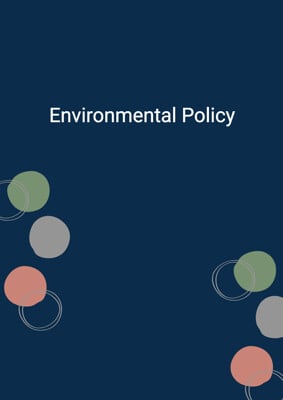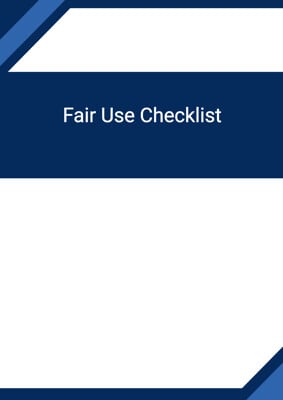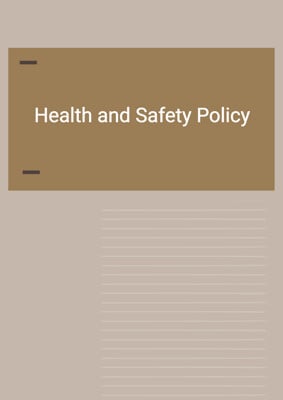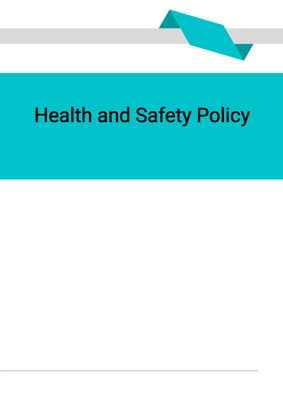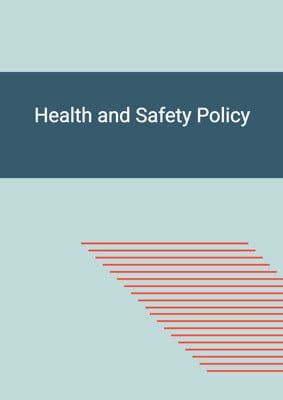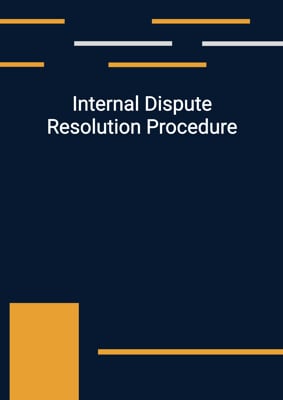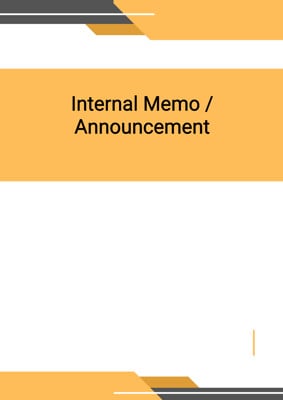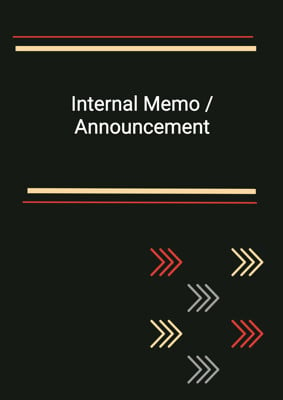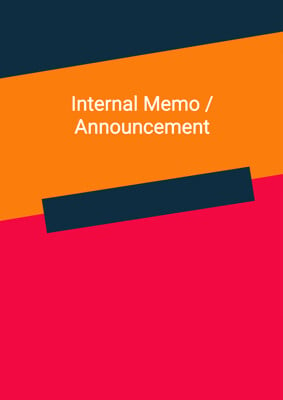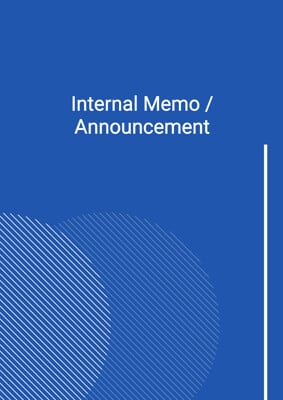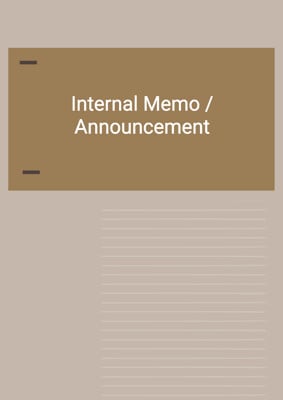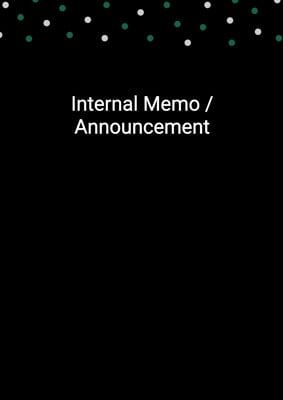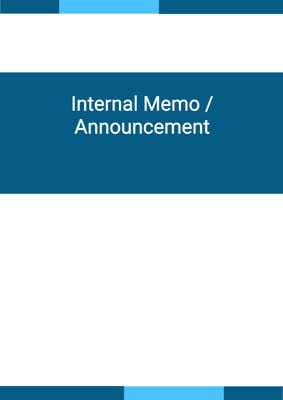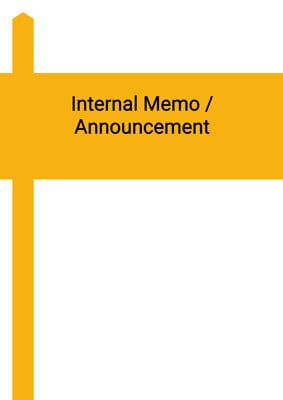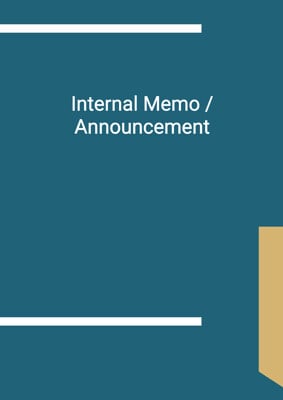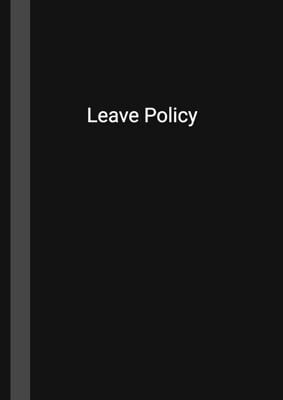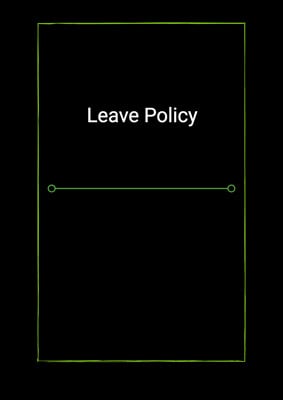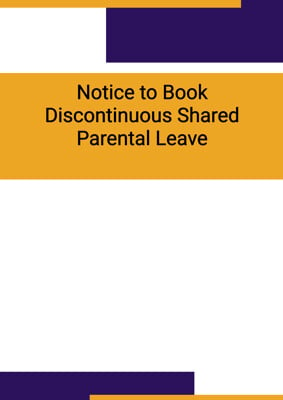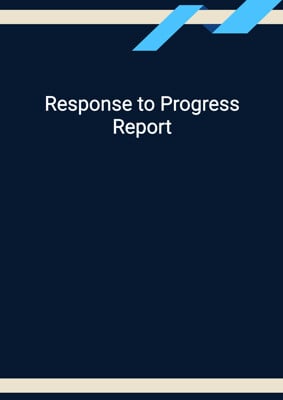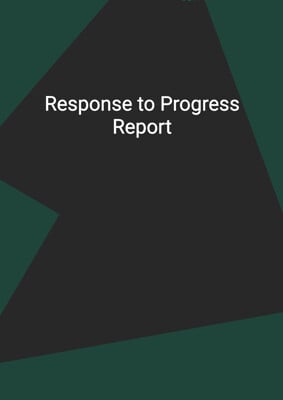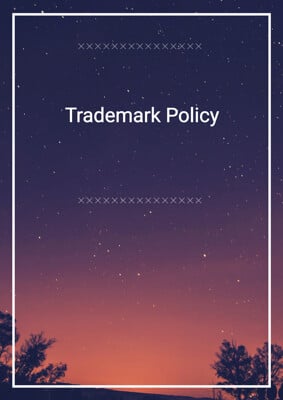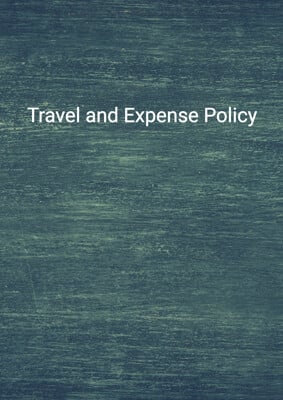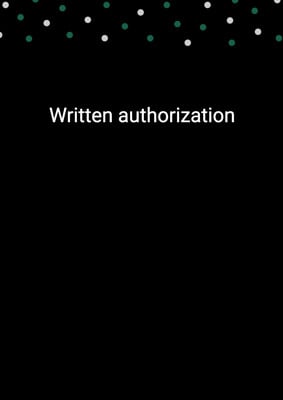How to Tailor the Document for Your Need?
01
Create Document
Click "Create Document" button and the document will be prepared with your account details automatically filled in.
02
Fill Information
Please fill in any additional information by following the step-by-step guide on the left hand side of the preview document and click the "Next" button.
03
Get Document
When you are done, click the "Get Document" button and you can download the document in Word or PDF format.
04
Review Document
Please review the document carefully and make any final modifications to ensure that the details are correct before publication / distribution.
Document Preview
Document Description
The Expense Reimbursement Form is a document used to request reimbursement for expenses incurred by an individual during the course of their job. This form is essential for both the employee and the company as it ensures that expenses are properly accounted for and reimbursed.
The entire document consists of several sections, each serving a specific purpose. The first section includes basic information such as the date of the form, the applicant's name and position, and the payee or supplier's name. This information is crucial for identifying the individuals involved in the reimbursement process.
The next section of the document is dedicated to listing the original invoices or receipts attached to the form. This section allows the applicant to provide evidence of the expenses incurred. Each entry includes the invoice or receipt number, the supplier's name, a brief description of the content, and the amount in dollars. This detailed breakdown ensures transparency and accuracy in the reimbursement process.
Following the original invoices section, there is a section for expenses without original invoices or receipts. This section is used to record expenses that do not have supporting documentation. Similar to the previous section, each entry includes the supplier's name, a description of the content, and the amount in dollars.
The last section of the document calculates the sub-total for both the original invoices and expenses without receipts. This allows for easy tracking and verification of the total amount to be reimbursed. Finally, the grand total is calculated, representing the total amount of reimbursement requested.
The form also includes spaces for approval and signature. This ensures that the reimbursement request is authorized by the appropriate personnel. The approved by section requires a signature and date, as well as the name and position of the approving individual. Similarly, the cheque received by section requires a signature and date, along with the name and position of the person receiving the reimbursement.
In summary, the Expense Reimbursement Form is a crucial document for both employees and companies. It provides a detailed breakdown of expenses, ensures transparency in the reimbursement process, and allows for proper authorization and record-keeping.
How to use this document?
1. Fill in the basic information: Start by entering the current date, the applicant's name and position, and the payee or supplier's name. This information is essential for identifying the individuals involved in the reimbursement process.
2. Attach original invoices or receipts: Gather all the original invoices or receipts related to the expenses incurred. Make sure to note down the invoice or receipt number, the supplier's name, a brief description of the content, and the amount in dollars for each entry.
3. Record expenses without original invoices or receipts: If there are any expenses that do not have supporting documentation, list them in this section. Include the supplier's name, a description of the content, and the amount in dollars for each entry.
4. Calculate sub-totals: Use the provided spaces to calculate the sub-total for both the original invoices and expenses without receipts. This will help in tracking and verifying the total amount to be reimbursed.
5. Calculate the grand total: Add up the sub-totals to determine the grand total, which represents the total amount of reimbursement requested.
6. Obtain approval: Seek approval from the appropriate personnel by having them sign and date the approved by section. Make sure to include their name and position.
7. Receive the reimbursement: Once the reimbursement request is approved, the cheque can be received. Have the person responsible for issuing the cheque sign and date the cheque received by section, and include their name and position.
8. Keep a copy: It is important to keep a copy of the completed Expense Reimbursement Form for your records and for future reference.
Not the right document?
Don’t worry, we have thousands of documents for you to choose from:
